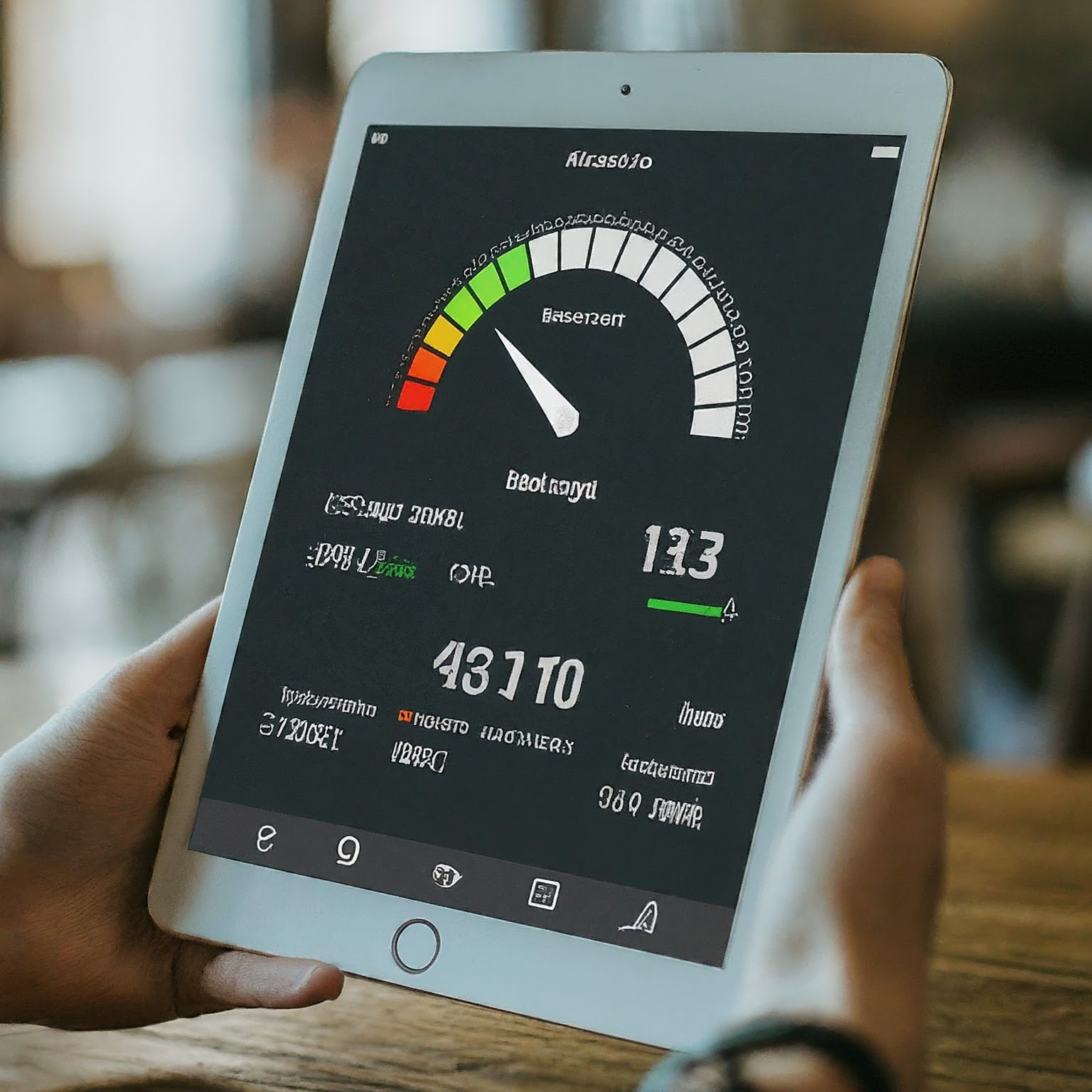In the digital age, a reliable and fast internet connection is essential for both work and leisure. Whether you’re streaming your favorite show, participating in a video conference, or simply browsing the web, a slow connection can be frustrating. But how do you know if your internet speed is up to par? And what can you do if it’s not? This comprehensive guide will delve into everything you need to know about testing your internet speed, understanding the results, and optimizing your connection for the best possible experience.

Why Test Your Internet Speed?
Understanding Your Connection’s Performance
Testing your internet speed is the first step in understanding how your connection performs. It provides valuable insights into your download and upload speeds, as well as your ping rate (latency). These metrics can help you gauge whether your connection is capable of handling your online activities.
Identifying Bottlenecks and Issues
A speed test can also help you identify potential bottlenecks or issues with your internet connection. If your speeds are significantly lower than what your internet service provider (ISP) promises, it could indicate a problem with your modem, router, wiring, or even your ISP’s infrastructure.
Troubleshooting and Optimization
By regularly testing your internet speed, you can troubleshoot problems as they arise and take steps to optimize your connection. Whether it’s adjusting your router settings, changing your Wi-Fi channel, or upgrading your hardware, understanding your speed is crucial for making informed decisions.
How to Test My Internet Speed
Choosing a Reliable Speed Test Tool
Numerous online speed test tools are available, but not all are created equal. Some may be more accurate or offer additional features than others. Popular options include:
Ookla Speedtest: A widely used and reliable tool with a simple interface.
Fast.com: A Netflix-owned tool that focuses on download speed.
Speedtest by Ookla (App): Available for mobile devices, offering convenience and additional insights.
Factors Affecting Speed Test Results
Several factors can influence the results of your speed test. It’s essential to be aware of these to interpret the data accurately:
Time of Day: Internet traffic tends to be higher during peak hours, potentially affecting your speeds.
Device and Connection: The device you use and whether you’re connected via Wi-Fi or Ethernet can impact results.
Background Activities: Other devices using your network or applications running in the background can consume bandwidth.
Server Location: The location of the speed test server can influence your results, so choose one that’s geographically close to you.
Best Practices for Accurate Testing
To ensure accurate and consistent results, follow these best practices:
Close Background Applications: Shut down any unnecessary applications and downloads.
Use a Wired Connection: Connect your device to your router via Ethernet for the most reliable results.
Run Multiple Tests: Conduct multiple tests at different times of the day to get a comprehensive picture.
Restart Your Modem and Router: This can sometimes resolve temporary connectivity issues.
Interpreting Your Speed Test Results
Download Speed
Download speed indicates how quickly your connection can retrieve data from the internet. It’s crucial for activities like streaming videos, downloading files, and browsing websites. A higher download speed generally translates to a smoother online experience.
Upload Speed
Upload speed measures how fast your connection can send data to the internet. It’s important for tasks like video conferencing, uploading files, and online gaming. If you frequently share large files or participate in real-time communication, a good upload speed is essential.
Ping Rate (Latency)
Ping rate, or latency, measures the time it takes for a data packet to travel from your device to a server and back. It’s measured in milliseconds (ms) and affects the responsiveness of your connection. Lower ping rates are desirable for real-time applications like gaming and video conferencing.
What is a Good Internet Speed?
The definition of a “good” internet speed varies depending on your online activities and the number of users on your network. However, here are some general guidelines:
Basic Browsing and Email: 5-10 Mbps download speed
Streaming HD Video: 15-25 Mbps download speed
Streaming 4K Video and Online Gaming: 25-50 Mbps download speed
Large Households with Multiple Users: 100 Mbps or higher download speed
Optimizing Your Internet Speed
Check Your Equipment
Ensure your modem and router are up-to-date and in good working condition. Older or faulty equipment can significantly impact your speed.
Adjust Your Router Settings
Explore your router’s settings to optimize your connection. You can experiment with different Wi-Fi channels, adjust signal strength, and enable Quality of Service (QoS) to prioritize specific traffic.
Consider a Wi-Fi Extender or Mesh Network
If you have a large home with Wi-Fi dead zones, a Wi-Fi extender or mesh network can help improve coverage and speed in those areas.
Upgrade Your Internet Plan
If your current plan is consistently not meeting your needs, consider upgrading to a higher-speed tier offered by your ISP.
Limit Bandwidth-Hogging Applications
Be mindful of applications that consume a lot of bandwidth, such as video streaming and file-sharing. Limit their usage during critical tasks if necessary.

Conclusion
Testing your internet speed is a simple yet essential step in understanding and optimizing your connection. By regularly monitoring your speeds, you can identify and resolve issues, ensure you’re getting the most out of your internet plan, and enjoy a smoother, more reliable online experience. Remember, a fast and stable internet connection is an investment in your productivity and entertainment. Take the time to test my internet speed and make the most of your digital life.
لا تعليق